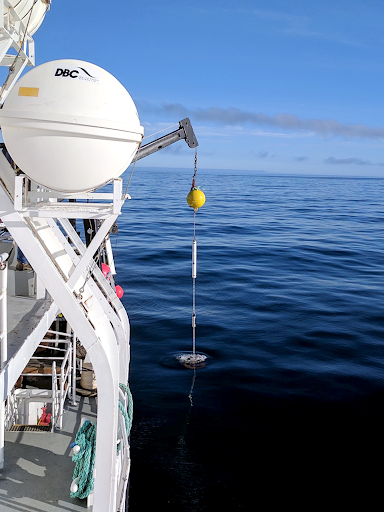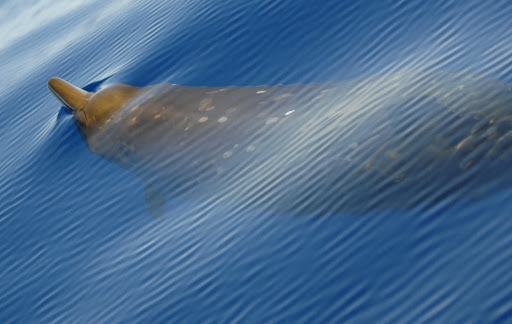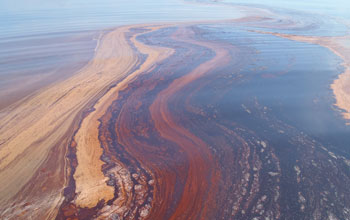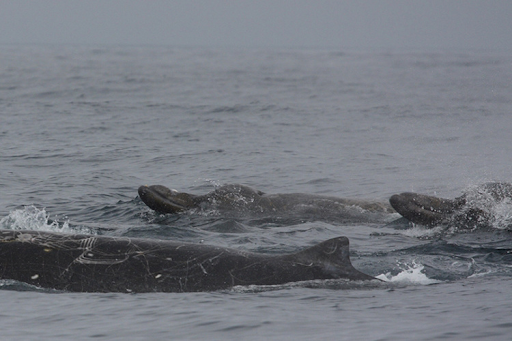Listen, the ocean is full of sound. From the tip-tap of scuttling shellfish, to the echoing songs of baleen whales, many kinds of marine life use sound to navigate their underwater world. For scientists, it’s sometimes easier to hear marine creatures than it is to see them.
This is the case for beaked whales. Beaked whales are deep divers, foraging on deepwater squid and fish. They are found in offshore waters, spend little time at the surface, and are difficult to identify from a distance. Traditional methods of counting these whales from ships or airplanes are challenging because of their elusive behavior.
However, it’s important for scientists to be able to monitor these secretive whales. Four species of beaked whale are found in the Gulf of Mexico, and their population location and densities can be important information for assessing impacts to marine mammals after pollution events.

Natural resource damage assessments (NRDA) is how we determine the amount of damage to an environment after an oil spill and the amount of restoration needed. We hold the responsible party liable to restore the environment to the level it was before the pollution event.
For NRDA it can be very useful to have data for whale locations and densities, ideally before and after the oil spill. Therefore scientists use passive acoustic monitoring (PAM) to study vocally active species, especially those like beaked whales that are easier to hear than see.
PAM involves setting recording devices at several fixed places and listening for whales over time. Beaked whales use echolocation to navigate in dark water where they can’t see. Instead they make clicking sounds. When those sound waves bounce off something — rocks, the seafloor, or other marine life — the whales sense how close they are to those objects.
While many whales and dolphins use echolocation, they all use different sounds to do it. Scientists are able to tell the difference between individual species of beaked whales because of their unique vocal fingerprints.
Once researchers have picked up and identified a certain species of beaked whale on their recordings they can learn a great deal. They are able to tell how many whales are swimming in a group based on overlapping click sounds. They can tell if there are whales in one area, but none in another. They can tell how fast they are swimming, how deep they are diving, and if there are calves in the group.
Most importantly, researchers are able to track changes in this information over time. Researchers can use PAM to determine population density in areas impacted by an oil spill. Monitoring over time can detect changes or declines in population abundance.
From this researchers may be able to estimate the number of individual whales lost after an oil spill, determining injury to the species.
PAM can reveal highly accurate data about secretive beaked whales. A study published in 2015 entitled “Passive acoustic monitoring of beaked whale densities in the Gulf of Mexico” looked at the impacts of the Deepwater Horizon oil spill on beaked whales.
The study found that three known species of beaked whale — Gervais, Cuviers, and Blainvilles — were present at sites impacted by the oil spill. Their research also revealed something unexpected; they identified a unique but unknown species of beaked whale. They called it Beaked Whale Gulf.
Passive Acoustic Monitoring is an important and innovative tool for learning about marine mammals that we rarely get to see. We learn about the beaked whales in the same way that they explore the underwater world, through sound.
By using passive acoustic monitoring we can learn about how oil spills might impact hard to see marine mammals like beaked whales. With this information we can hold those responsible for marine pollution accountable, and develop strategies to restore beaked whale habitats. All you have to do, is listen.






